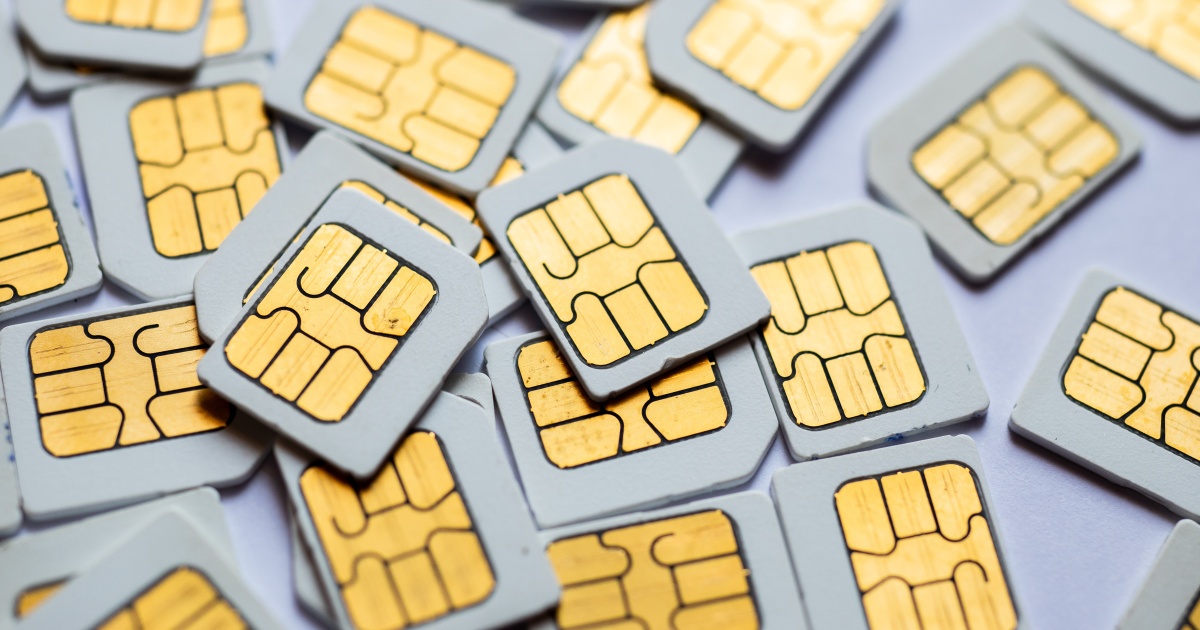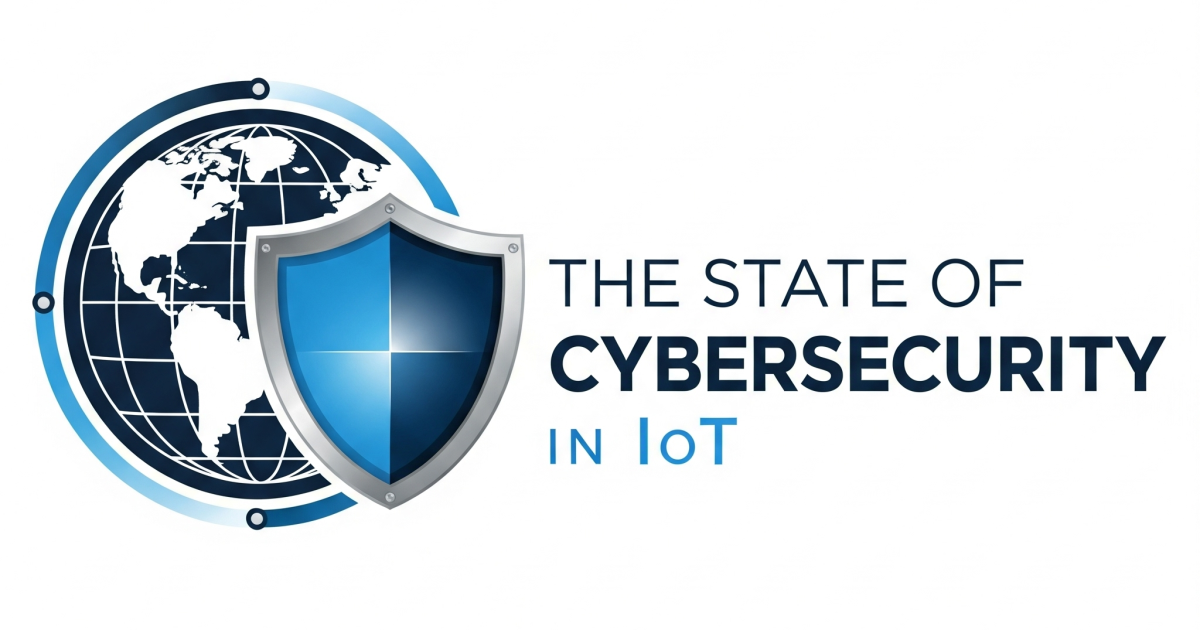
“Connecting everything with every thing, everywhere.”
That’s the Internet of Things (IoT)-centric mission of Teal. With Teal, businesses are able to connect any IoT device on more than 3,500 global cellular networks, all at the simple click of a button. Teal takes pride in providing the freedom of network choice, actioning it within one easily controllable eSIM platform. Teal’s experts – having been trusted by the likes of AWS and Intel – believe in a world where more time and money is saved on IoT deployments (and with all the advantages of lightning-fast LTE and 5G networks).
So, speaking of such networks, Teal has officially announced the signing of a wholesale agreement with none other than T-Mobile.
"At Teal, we want to make it easy to connect any compatible IoT device onto T-Mobile's network, and we believe that businesses should have access to the experience that T-Mobile is creating," said Robby Hamblet, co-founder and CEO of Teal.
Look at it this way: If you were to view networks as apps, then Teal is like an app store for downloading network credentials. With Teal, it become easier than ever to, per the company, “get front-row seats to T-Mobile’s network with the click of a button.” This is good news; Teal is simplifying how IoT devices connect to T-Mobile, thus highlighting a “Credentialing-as-a-Service” offering for enterprises to intuitively control what networks their IoT devices are connected to.
"T-Mobile's vision for the future includes eSIM technology – such that, when companies work with Teal, they get the same experience as if they had a T-Mobile SIM in their device,” said Dan Thygesen, Senior Vice President of T-Mobile Wholesale. “This can translate into superior performance compared to when they are roaming or passing traffic through data centers that aren't operated by T-Mobile."
With Teal’s U.S.-built, wholly owned, GSMA-certified platform, this relationship with T-Mobile now makes installing a T-Mobile credential into IoT devices effortless; again, much like apps from an app store.
Delivering the same end-user experience as having a T-Mobile SIM card installed into an IoT device can translate into lower latency, higher availability, and higher redundancy than consumer networks, Mobile Virtual Network Operator (MVNO) solutions, and off-the-shelf SIMs.
Edited by
Greg Tavarez





